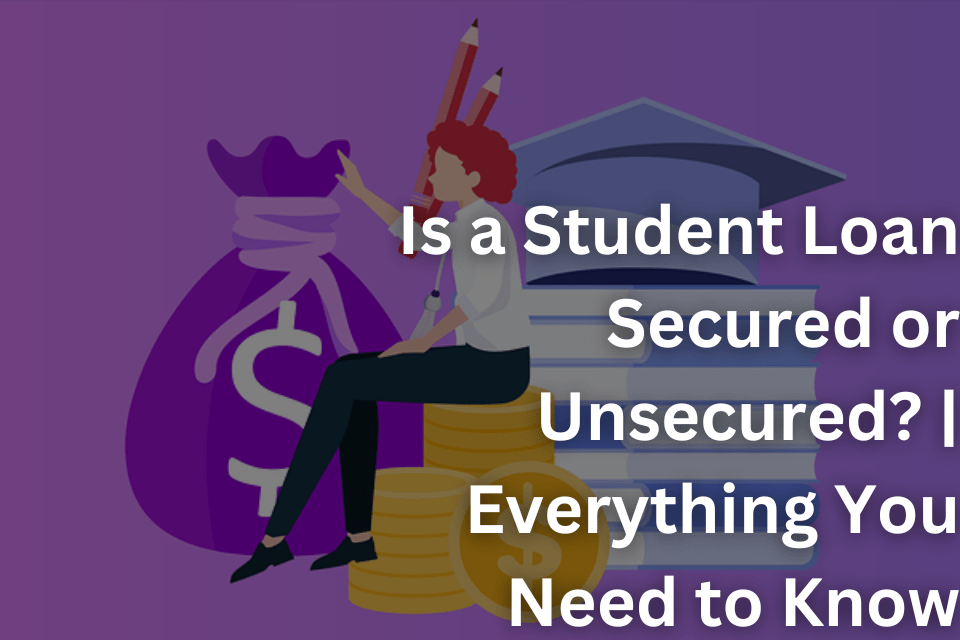Student loans are a popular way for students to finance their education, but not all student loans are created equal. One important distinction to understand is whether a student loan is secured or unsecured. This article will explain the difference between the two types of loans, as well as the pros and cons of each.
What is a Secured Student Loan?
A secured student loan is a loan that is backed by collateral, such as a home or car. This means that if the borrower is unable to repay the loan, the lender can seize the collateral in order to recoup the money owed. Secured student loans are typically used to finance large expenses, such as the purchase of a home or car.
Advantages of a Secured Student Loan
- Lower interest rates: Because the loan is secured by collateral, lenders are able to offer lower interest rates than they would for an unsecured loan.
- Longer repayment terms: Secured student loans often have longer repayment terms than unsecured loans, which can make the monthly payments more affordable.
Disadvantages of a Secured Student Loan
- Risk of losing collateral: If the borrower is unable to repay the loan, they risk losing the collateral that was used to secure the loan.
- More difficult to qualify: It can be more difficult to qualify for a secured student loan than an unsecured loan, as the borrower must have sufficient collateral to secure the loan.
What is an Unsecured Student Loan?
An unsecured student loan is a loan that is not backed by collateral. This means that the lender is taking on more risk, as they have no collateral to fall back on if the borrower is unable to repay the loan.
Advantages of an Unsecured Student Loan
- No collateral required: Since the loan is not secured by collateral, the borrower does not have to put up any property as collateral.
- Easier to qualify: It is generally easier to qualify for an unsecured student loan than a secured loan, as there is no collateral required.
Disadvantages of an Unsecured Student Loan
- Higher interest rates: Because the loan is not secured by collateral, lenders charge higher interest rates to compensate for the additional risk.
- Shorter repayment terms: Unsecured student loans often have shorter repayment terms than secured loans, which can make the monthly payments more expensive.
Conclusion
In conclusion, both secured and unsecured student loans have their own set of advantages and disadvantages. Secured student loans offer lower interest rates and longer repayment terms, but come with the risk of losing collateral if the borrower is unable to repay the loan. On the other hand, unsecured student loans do not require collateral, but come with higher interest rates and shorter repayment terms. Ultimately, the best type of student loan for you will depend on your individual circumstances and financial situation.

